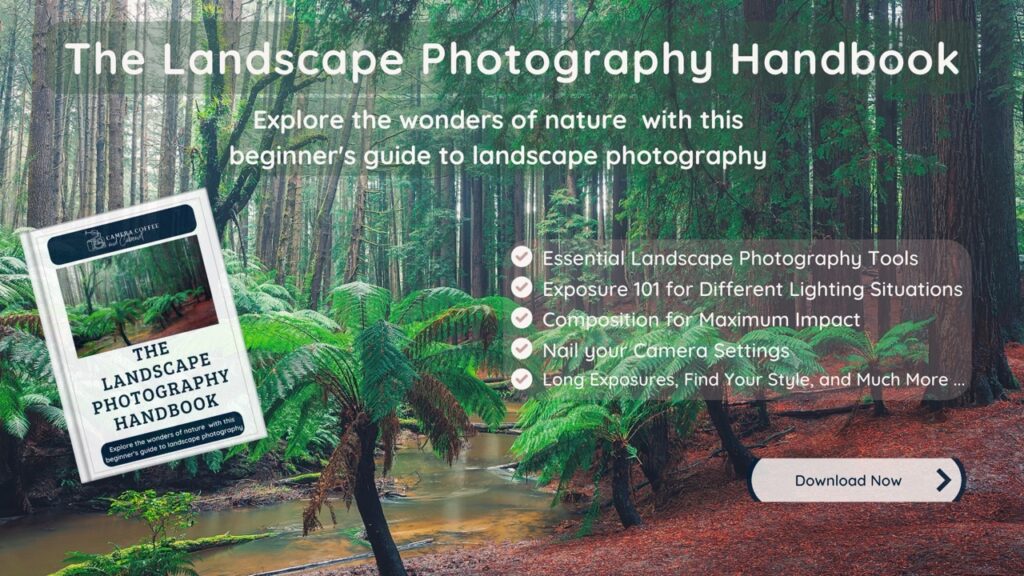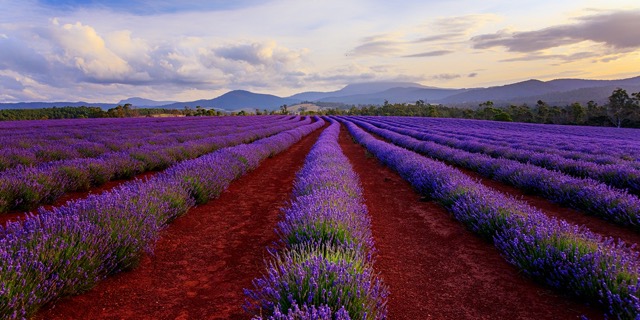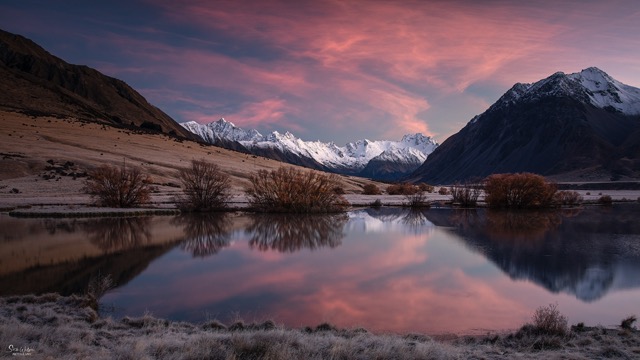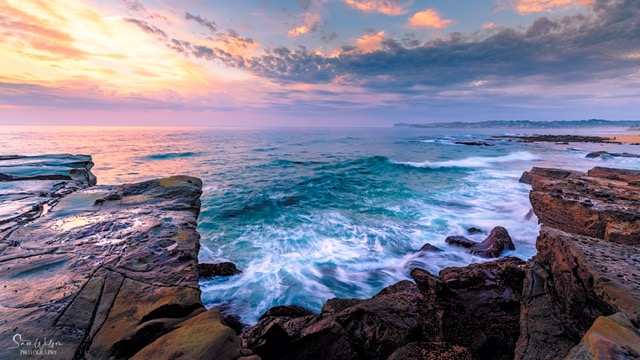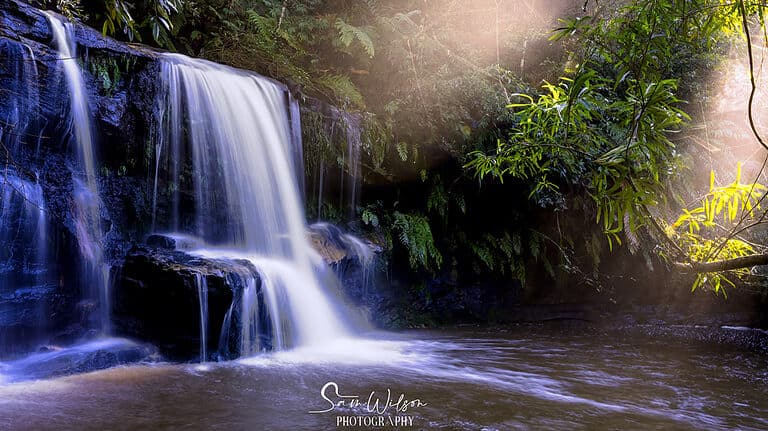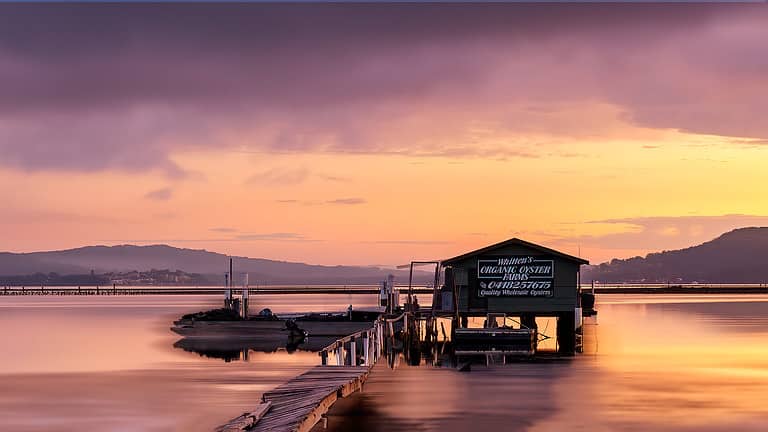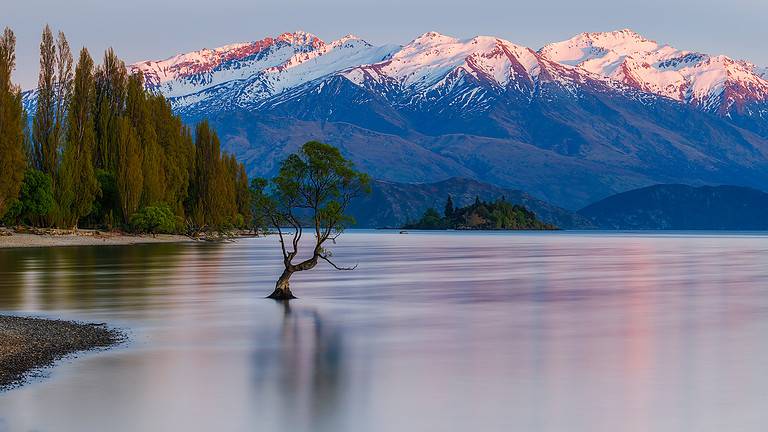How To Choose The Best Tripod For Landscape Photography
This article is all about what to look for when choosing a tripod for landscape photography. A tripod really is essential and the key features to consider include sturdiness, height, durability, portability and price. Choose the right one for you.
If you’ve read any of my articles on gear or tips on improving your photos, you will know that I think having a tripod for landscape photography is essential.
I truly believe you shouldn’t be able to buy a camera without buying a tripod. And that’s not just for landscape photography. Not only do tripods provide stability for your camera, they allow you to take longer exposures without worrying about camera shake.
With landscape photography in particular though you will often be shooting in low light situations such as sunrise and sunset. This generally means you need a shutter speed that is longer than it is safe to hand hold and still get a sharp shot.
The remaining factor in the exposure triangle to consider is your ISO. If you increase your ISO, however, you risk increasing noise in your image which in turn reduces the quality of your photography.
A tripod removes that issue and allows you to take the best possible photo in all low light situations – problem solved, and no need to compromise on quality.
But with so many tripods out there, it can be a challenge to know what features to look for. This article will highlight the important things to consider so you can choose the best tripod for landscape photography that suits you.
So, what should you look for in a tripod? Let’s find out.
Sturdiness
I’m always surprised when I see photographers using very expensive cameras and lenses, and they attach them to a cheap flimsy tripod.
They are not just potentially ruining their shots due to movement, they are also an accident just waiting to happen.
It’s also not just wind that needs to be considered. With landscape photography, you are often on unstable surfaces like rocks, sand, uneven ground so being stable is super important.

A tripod must also be strong enough to take the weight of your camera, and your heaviest lens easily. A good rule of thumb is for it to have a load capacity of 30% more than the heaviest weight you will be putting on it.
Three-sectioned legs are generally more stable than four- or five-sectioned legs.
Height
Not often discussed, height is an important consideration when choosing the right tripod for landscape photography that suits you.
A taller tripod will naturally allow you to shoot from higher angles, but with that height comes less stability.
On the other hand, you need to consider how low your tripod can go. A tripod that can get super close to the ground can be a real bonus feature of a tripod for landscape photography.
Being able to get really low can give you some really unique perspectives, but for this you need a tripod that is able to be laid pretty flat to the ground.
This is where having a centre column comes in. A centre column can be extended to give you extra height, but with that extra height comes a reduction in stability.
It’s also impossible to get close to the ground with a centre column attached whether it’s extended or not. Even if you can remove it, by the time you’ve taken it off, particularly in situations where the light is quickly changing, you risk missing your shot.

TIP: Consider whether you want a tripod with a centre column.
While it can increase your tripod’s height, it’s important to keep in mind that extending the centre column can reduce the stability of your camera. Therefore, choose a tripod that can be set at a high enough height without requiring the centre column to be fully extended.
So, what’s most important to you? Is it to get low to the ground, or do you want to be able to shoot from a higher angle? Your physical height comes into play here as well of course.
Fortunately there are options out there that do both, so it pays to do your research.
A good general guide is that it should be your shoulder height or slightly lower when fully extended.
Durability
Landscape photography often means being out in the elements of nature, which means our gear can be subject to some harsh conditions.
This is where durability comes in when choosing a tripod for landscape photography.
Shooting a lot of seascapes, my tripod is often subject to salt water and sand. As such, it’s important for me to have a tripod that’s waterproof and that I can pull apart and clean fairly easily (and frequently).
The material that your tripod is made of as such is an important consideration here. Tripods are mostly made of either aluminium or carbon fibre, with carbon fibre being more and more popular.
While aluminium tripods are still a lower price than carbon fibre, they tend to not be as light or as strong.
Carbon fibre also doesn’t get as cold as aluminium which can be a bonus when shooting in cold conditions (although you really should be wearing gloves if it’s that cold)!
Both are fairly versatile and durable, but be sure to check whether it’s waterproof if that’s an issue for you, as well as the weight.

My Sirui Tripod which I bought back in 2017 is still going strong after hundreds of outdoor shoots, getting saturated in salt water more times than I can count and surviving so many road trips in the back of the car, and flights!
Check out my favourite Sirui Tripod Here
Which brings me to the next important factor …
Portability
While having a sturdy tripod is my number one consideration, it’s also important that you are able to carry it comfortably.
When you are travelling, or need to walk for long distances, it needs to be able to go with you without breaking your back.
No one wants to carry any extra weight that we don’t need, so make sure you buy a tripod that is so bulky and heavy that you end up leaving it at home. That definitely defeats the purpose.
As already mentioned, carbon fibre can be a lighter alternative. They do come at a higher price, but if that means it’s workable for you, then it’s definitely worth it.
The size, particularly when folded down, also comes into play here. Look for one that you can attach to your camera bag if necessary, and can easily fit into your luggage when travelling.
Some tripods also come with a carry case or bag, making them easier to transport.
Leg Locks
Leg locks are the mechanisms that you use to expand the sections of your tripod.
The two most common types are twist locks and clip locks.
Clip locks are faster to adjust, but can be less secure. The connections can become stiff after a while making them harder to open and close.
Twist locks, on the other hand, are more secure and durable, but can be slower to adjust.
I personally prefer the twist locks as I do feel they are safer, but it really comes down to your personal preference.
Try them out at the camera shop and see which you prefer, but don’t let this be your deciding factor. It’s really not as important as the other factors like sturdiness and durability when it comes to choosing a tripod for landscape photography.
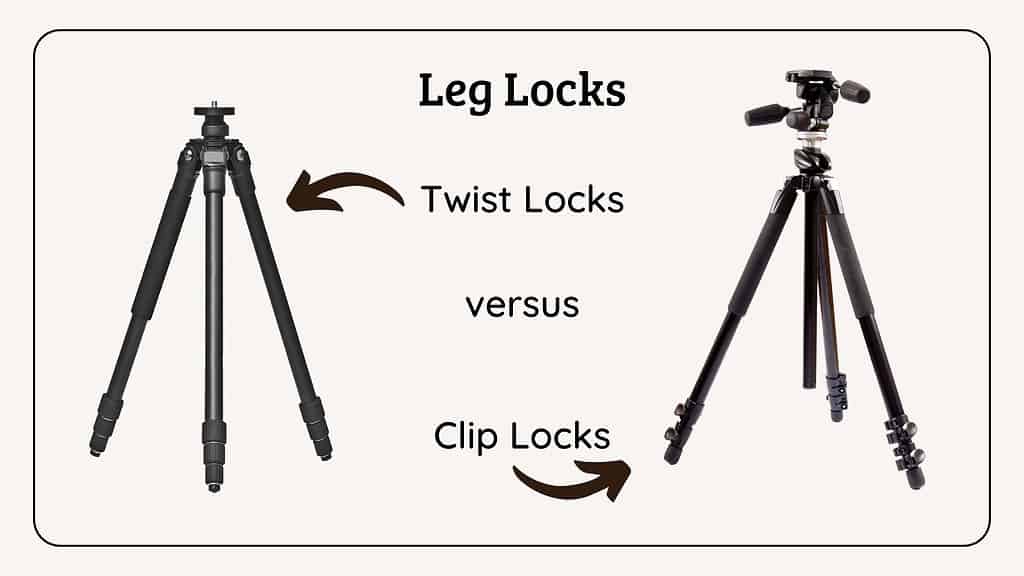
Best Tripod Head For Landscape Photography
The head of the tripod is the part between the actual tripod and your camera.
I have always bought a kit where you buy it as one unit, but you do have choices as to whether you want a ball head or a pan head, and buy the two pieces separately.
Ball heads offer more flexibility and speed, while pan-tilt heads provide more precision and control.
Ball heads are ideal for photographers who need to quickly adjust their camera’s position, while pan-tilt heads are better suited for photographers who need to make small, precise adjustments.
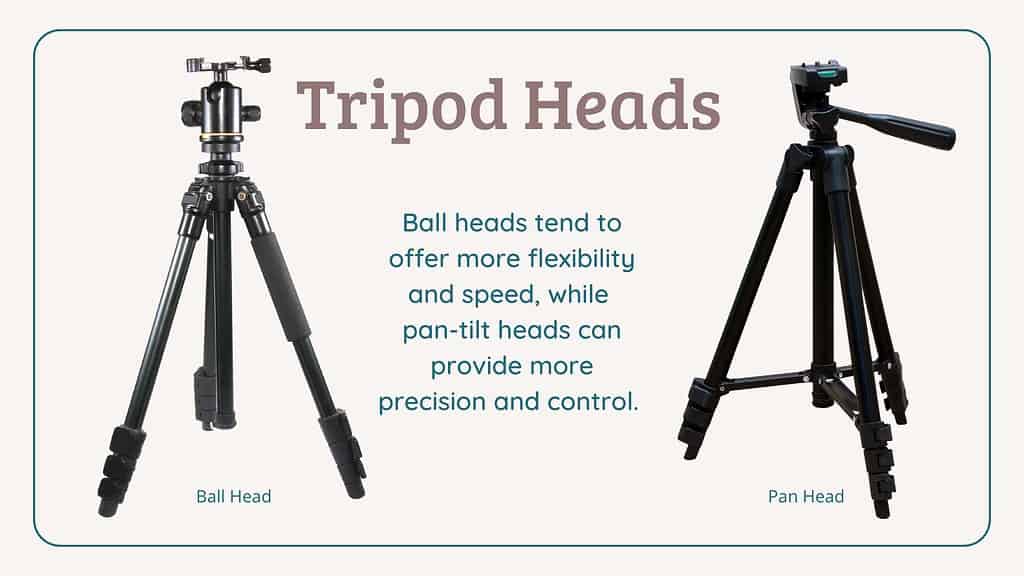
Price
I have left this until last as it’s important to have the other features prioritised over price.
Budget is of course important, but a tripod is not something to go too cheap on. You also don’t need the most expensive one on the market with unnecessary features.
My motto when buying most things is to never buy the cheapest, or most expensive. Go somewhere in the middle by buying quality while keeping your budget in mind.

FAQ’s
Do I Need Spikes on my Tripod for Landscape Photography?
Spikes can be helpful for shooting in uneven or slippery terrain, but they are not essential for most landscape photography. If you frequently shoot in challenging conditions, spikes can provide extra stability and prevent your tripod from slipping or sinking into soft ground.
Is Having a Quick Release Plate Important?
A quick release plate can save time and make it easier to switch between cameras or lenses, but it is not necessary for all photographers. If you frequently switch between cameras or lenses, a quick release plate can be a useful accessory that allows you to quickly and easily attach or detach your gear from the tripod.
Is it necessary to buy a tripod with a built-in level, or can I use an external one?
It is not necessary to buy a tripod with a built-in level, as an external one can be used instead. Also, check your camera has a level, that’s what I rely on despite my tripod having a level.
Don’t get caught up on features you don’t need!
Conclusion
So that’s it.
There’s no question as to whether you need a tripod for landscape photography or not.
A good tripod may be an expensive outlay, but it will keep your gear safe, last you many years and it will save you in the long run.
Don’t do what I did and bought a cheap one at the beginning and had to upgrade (more than once) so ended up spending more money.
In the end I bought my current one (back in 2017) and it is still going strong.
It’s a matter of what features you need and what is important to you.
I hope by sharing the most important considerations that it has helped you if you are looking at buying a tripod and what you need to think about before making your purchase.
The final point I will make is that like many things, there is no one perfect solution for all situations.
You will need to make some compromises, or even have more than one tripod in your kit.
If you’re in the market for a new tripod, then happy shopping, and please let me know how you go in the comments below. I’d love to hear your thoughts and experiences.
I truly hope you’ve enjoyed this post.
That’s it for now – Keep clicking and stay caffeinated
Like this post? PIN it so you can save it for later

Other Posts You Might Like:
- How To Choose The Perfect Camera: A Beginner’s Guide
- Essential Landscape Photography Gear
- Landscape Photography Accessories Every Photographer Should Have In Their Bag
- Do You Need Filters For Landscape Photography
- Best Apps for Planning and Scouting Landscape Photography Locations
- Sharp Landscape Photos: Everything You Need To Know
Don’t miss a post – sign up Here if you haven’t already
Note – Unless otherwise stated, all photos are mine and remain my copyright images – Sam Wilson Photography.
P.S.
Are you a beginner landscape photographer looking to improve your skills and capture stunning photos of nature?
Our ebook, ‘The Landscape Photography Handbook – Exploring the Wonders of Nature,’ is the perfect guide for you. With 90 pages of expert advice and practical tips, you’ll learn everything you need to know to capture breathtaking landscapes like a pro.
From essential gear and camera settings to composition techniques and planning your shoot, this comprehensive guide covers it all.
Plus, you’ll discover how to develop your own style, build your confidence as a photographer, and use editing tools to enhance your images. Get your copy today and start exploring the wonders of nature with your camera!





